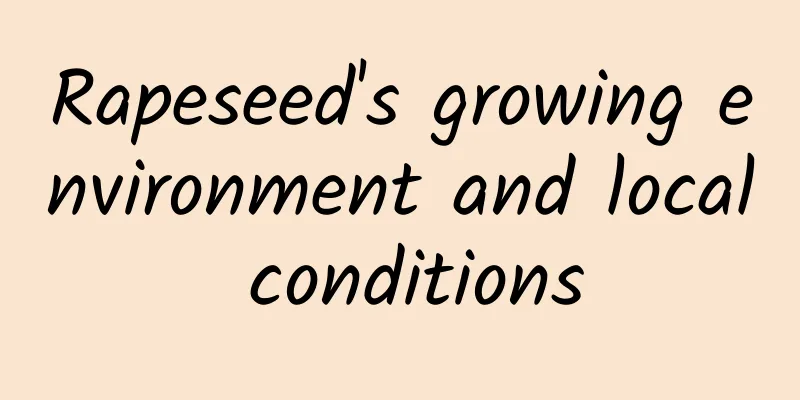Why don’t leeks grow thick? (Why don’t leeks grow thick after planting?)

Why are leeks not strong after June?From a climatic point of view, it has been getting hotter and hotter, approaching the dog days. In the hottest season for leeks, that is, the dog days, the leeks will "rest" and stop growing. Maintaining the current situation, it is best to move the plants in pots to a shady place or add a shade net to reduce exposure time. You can water them appropriately so that they can "rest" and nourish the roots. Don't expect it to grow very thick, and the reason it grows slowly is because of its "resting" period. If it is thinner than before, then we need to find out the reason through management and "prescribe the right medicine" instead of "seeking medical treatment randomly". There are several main situations in which leeks become thinner. Please compare and find out the reasons. I believe that the leeks you plant will recover and become plump and solid. 1. Harvest intervalThe interval between harvesting non-vegetables is about 25 to 30 days. If the number of harvests exceeds 4 from March to June, then you must be careful in the future and avoid harvesting too frequently. 2. WateringYou should not water immediately after each harvest, as the cut ends are prone to rot, which will affect growth. It is best to water 2 days before harvest, and you can also water 2 days after harvest. 3. Soil compactionSoil compaction will affect root respiration, growth and poor quality. You should pay attention to turning the soil and keep the soil breathable so that the roots can grow well. 4. LightingSpring is the fastest growing season for leeks, and they need sufficient light. Leeks are light-loving plants, and they will become weaker and weaker without light. 5. FertilizationDon’t forget to apply fertilizer after harvesting. Apply fertilizer after each harvest to provide the leeks with the growth needs so that they can grow more and more vigorously. In addition, some people always cut leeks close to the roots when harvesting them. In fact, this method is wrong. It is best to harvest them 5 cm from the ground to avoid damaging the roots. Harvesting the soil close to the roots will prevent the top from being tightly packed, resulting in the inability to grow new shoots. Over time, the roots will gradually rot and become thinner and sparser. After harvest, topdressing must be done with decomposed organic fertilizer. Homemade organic fertilizer should be fermented for more than 2 months in summer and more than 3 months in winter. Dilute it with 20 times of clean water before use. |
>>: How to grow chives on your balcony (grow chives on your balcony to make them fat and strong)
Recommend
How to grow lilies hydroponically
1. Change water in time Hydroponic lilies need to...
The meaning and language of Christmas cactus
1. Good Luck When the plant is not in bloom, it l...
How to make Rieger Begonia bloom on New Year's Day
1. Flowering period Generally speaking, as long a...
Cultivation methods and precautions of ear-lip orchid
1. Maintenance methods 1. Temperature: It has str...
How to Make a Japanese Maple Bonsai
According to the shape of the tree stump, we can ...
How to grow garlic
1. Prepare the container First prepare a hydropon...
What are the advantages and disadvantages of using rotten eggs to water flowers? How to ferment them into organic fertilizer
The benefits of rotten eggs watering flowers Ther...
How to breed Huang Qiuying
Seed propagation They have good adaptability and ...
White crystal chrysanthemum pests and control methods
Pests of white crystal chrysanthemum: aphids Aphi...
Are the fortune tree and the lucky tree the same? What is the difference?
The money tree and the lucky tree are different. ...
How to propagate bougainvillea and what to pay attention to
Bougainvillea propagation method There are three ...
How to get a good sun tan for Huang Li
As a common succulent plant, Huangli has always b...
How to grow Sassafras
1. Soil: Sassafras grows well in deep, loose, wel...
How many years does a black currant tree bear fruit?
Introduction to Blackcurrant Planting Black curra...
Soapwort pest control methods
Fungal leaf spot Time of onset: June to July, in ...









